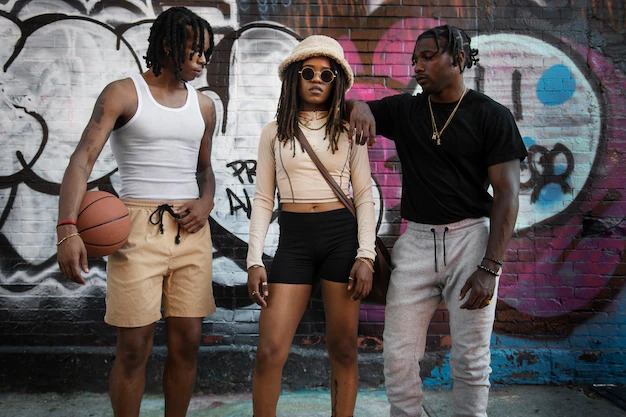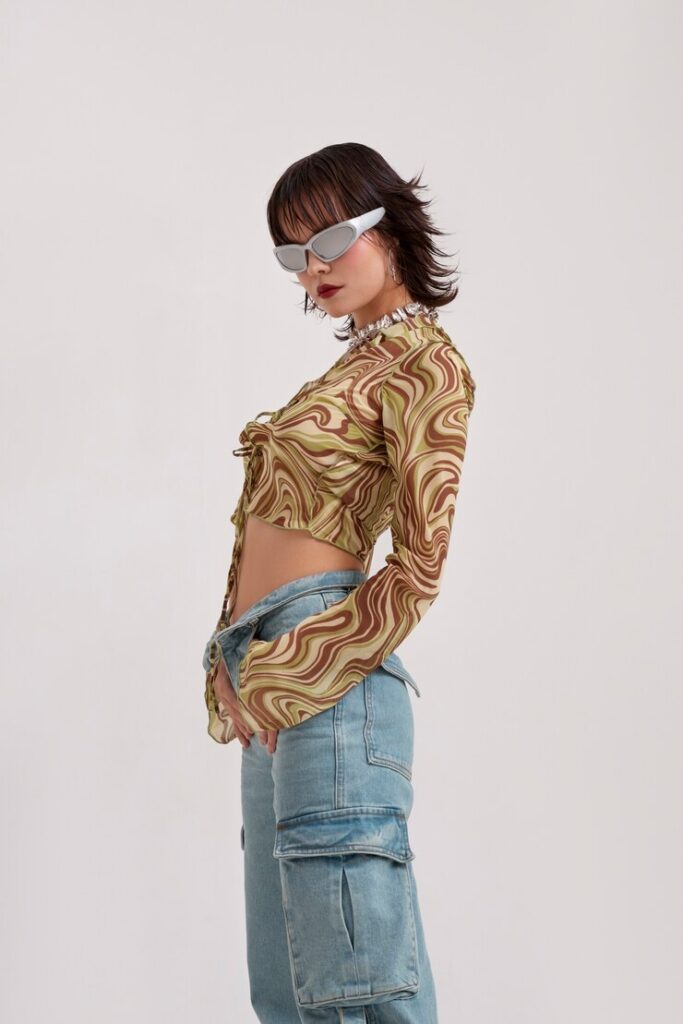Over the years, streetwear has changed dramatically, turning from a small subculture to a major fashion trend. What was once a clandestine movement with roots in urban neighborhoods has now taken the lead in the mainstream fashion sector. In this article, we examine the fascinating history of streetwear, its significant turning points, and the elements that have contributed to its current notoriety.
1. Origins and Counter-Cultural Influence: Streetwear first appeared in the 1980s and 1990s, mostly in the metropolitan youth cultures of New York, Los Angeles, and Tokyo. Streetwear companies like Stüssy, Supreme, and A Bathing Ape pioneered the concept by providing distinctive apparel that broke conventional fashion rules.

2. Celebrity Endorsements and Cross-Cultural Collaborations: The popularity of streetwear can be partly credited to the encouragement and endorsement of well-known actors, artists, and other public figures. Streetwear was adopted by hip-hop artists and other cultural figures.

3. Social Media and Digital Culture: The rise of social media and digital platforms was a major factor in the acceptance of streetwear as a fashion statement. Streetwear lovers now have a place to show off their unique style.

4. The Rise of Athleisure and the Casualization of Fashion: Streetwear's growth was also aided by the popularity of athleisure and the move toward a more casual approach to fashion. As a result of the increased need for adaptable and wearable apparel, sportswear-inspired components, logo-centric designs, and loose silhouettes became the norm.

5. Streetwear as an Expression of Identity: Streetwear's ability to function as a means of cultural identity and self-expression is one of the key factors contributing to its mainstream appeal.

Streetwear continues to have a significant influence on trends and the definition of style as the fashion industry develops.



